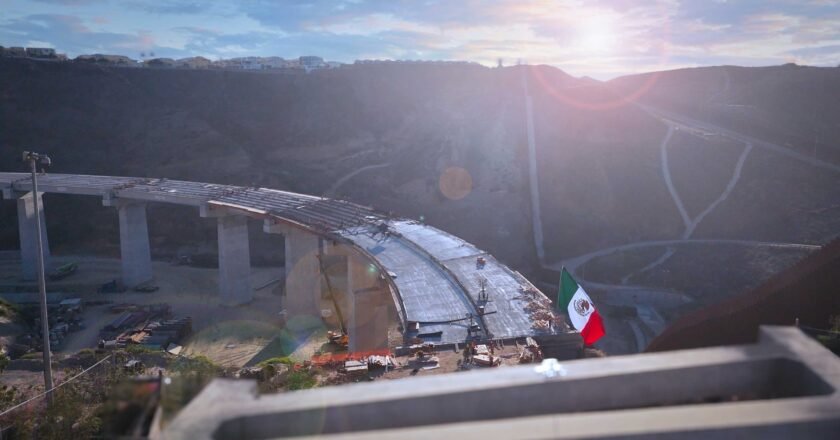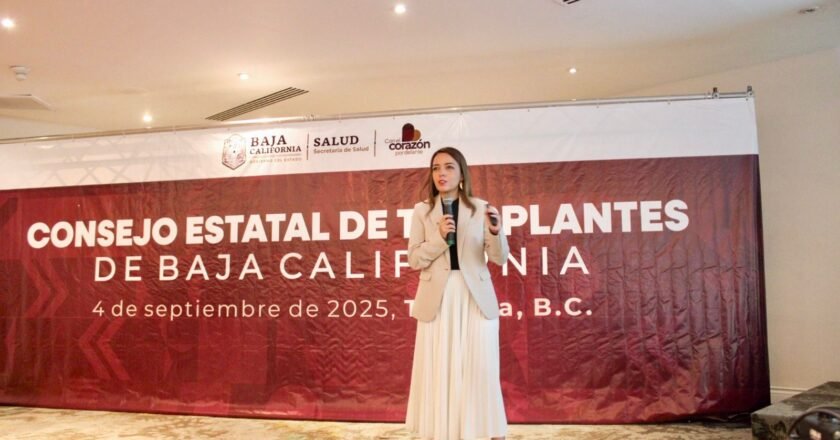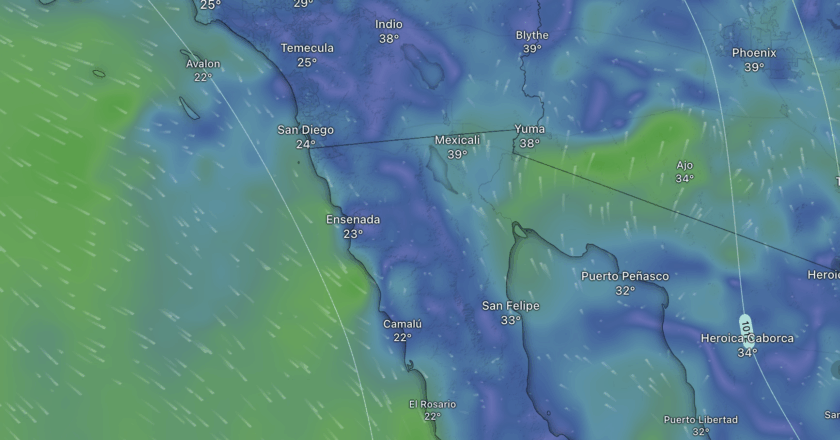Tijuana’s sky-high road project is nearly finished—91% complete, to be exact. But it comes with a twist: the elevated viaduct …


Tijuana’s sky-high road project is nearly finished—91% complete, to be exact. But it comes with a twist: the elevated viaduct …

Independence With a SplashFor the first time in history, Ensenada will shout “¡Viva México!” with the Pacific as backdrop. On …

Meth Mountain Meets Its Match Baja California just pulled off a drug bust that makes Netflix narco-dramas look tame. Between …

Nobody likes waiting lists. Not at Costco, not at Starbucks, and definitely not when you need a kidney. That’s why …

Summer is over, but dirty sheets aren’t part of the vacation package As summer winds down, the Baja California State …

If you think Valle de Guadalupe is all fancy bottles and whispered tasting notes, think again. Viñadas lifts the dust …

The Mexican Monsoon is our not‑so‑secret summer guest. It flips wind patterns and drags in humidity from both the Gulf …

Tijuana’s biggest wine party is back. On Saturday, October 11th, 2025, the 4th Festival Wine Without Borders takes over the …

Crossing Without Playing Frogger Playa La Misión has always been a curious mix. Families set up tents, kids kick soccer …

San Quintín is ready for the fourth edition of Contramar Fest. On September 6 at Playa San Ramón, Vicente Guerrero, …